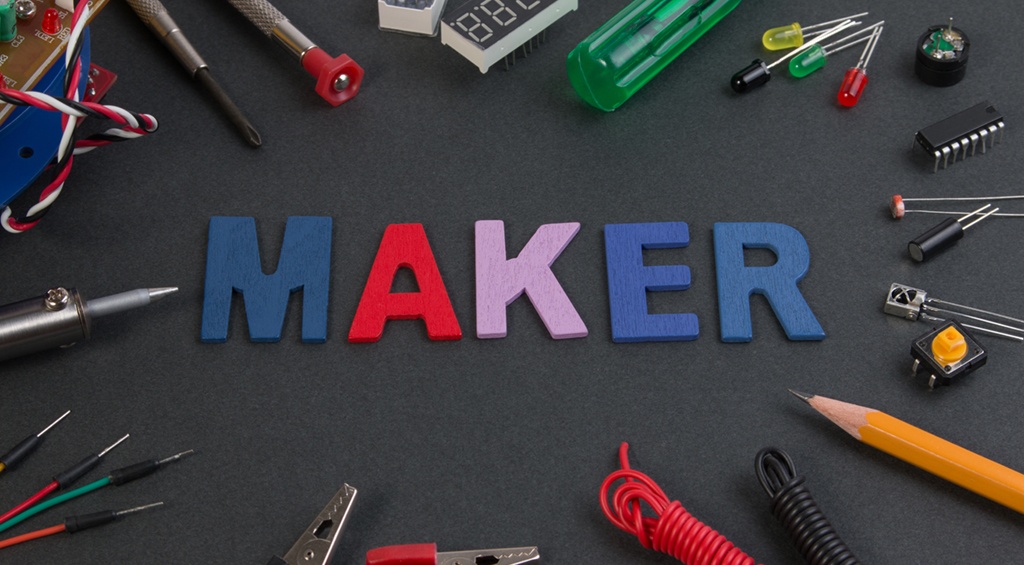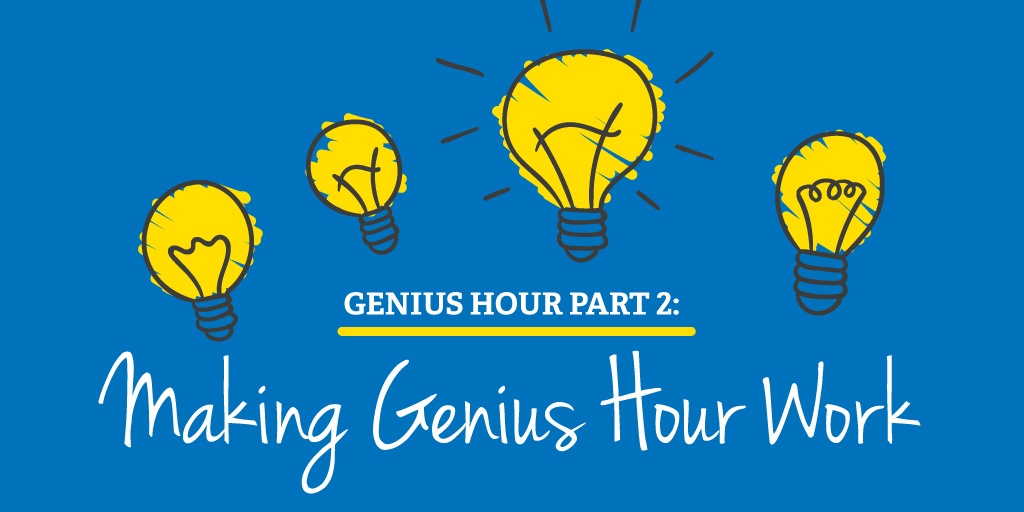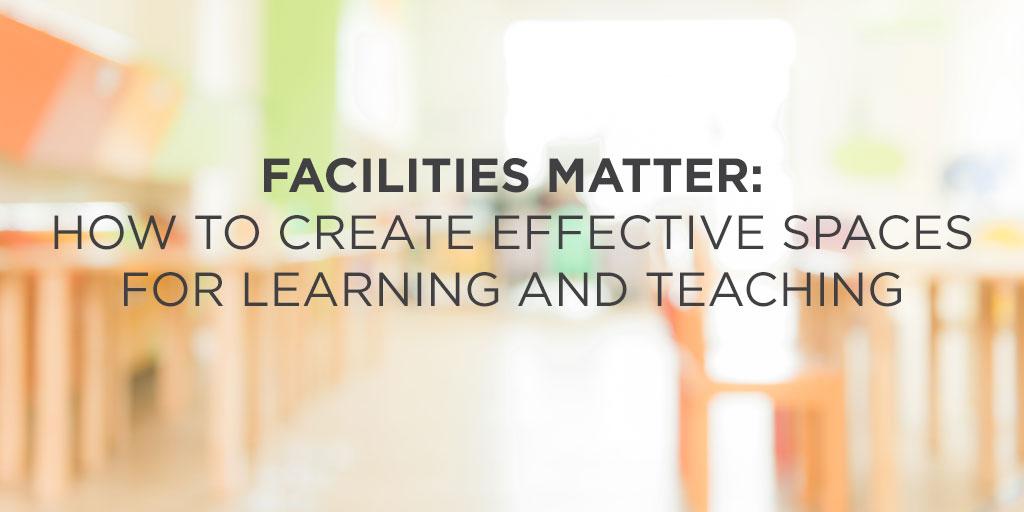This article could be very short. What makes teachers effective? One simple, truthful answer: Teachers believing that they can be effective.
It isn’t that easy—is it? In some ways, it is. A teacher’s belief in their own efficacy is the starting point for many things that follow: high expectations, connecting with all students, working hard, and collaborating as a professional. If we don’t believe that our work will actually make an impact, then many of these are a waste of time.











